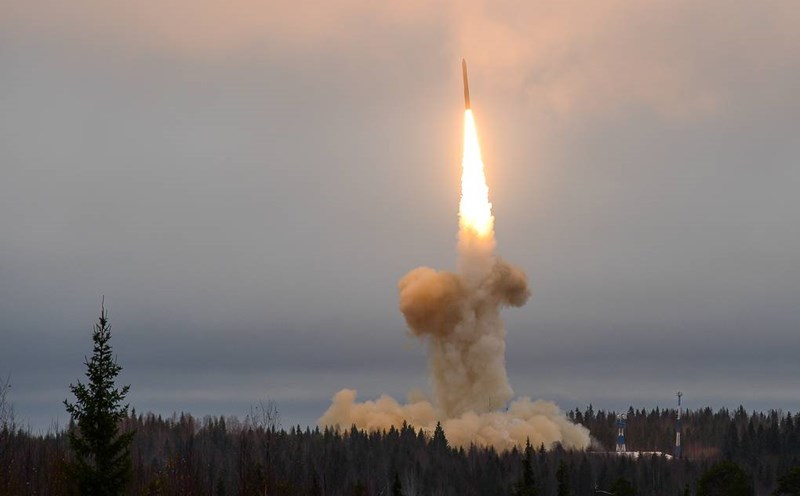Super urban areas are not only large areas with high population size, but Ho Chi Minh City has strong resources and abundant economic potential, in the leading position in the country.
According to the plan, Ho Chi Minh City is the international financial - economic center, the innovation technology center, Binh Duong is the high-tech industrial development area, the smart city, Ba Ria - Vung Tau is strong in logistics with deep-water port clusters.
After the merger, even if there are adjustments to merge the planning, it will not change much compared to before. Strengthening each area to continue to promote, improve quality in depth, add new resources, support of a unified administrative space: "1 space - 3 areas - 1 special zone".
However, in order for key economic regions in Ho Chi Minh City to maximize resources and create economic efficiency as expected, the most important thing is to build a modern transportation system, connecting the entire region.
Look back at the serious traffic congestion recorded by Lao Dong Newspaper in the article "People in the rain are stuck on Binh Trieu 1 bridge in Ho Chi Minh City" published on September 9 and the article "continuing to congest in the Binh Trieu bridge area after blocking cars from traveling through Binh Loi bridge" published on September 10, to see that the traffic infrastructure of Ho Chi Minh City is very outdated.
The above information is one of many traffic congestion cases caused by poor infrastructure. Just like the An Phu intersection, the input and output of the Ho Chi Minh City - Long Thanh - Dau Giay Expressway, up to now, there has been no hope of completion by the end of 2025 according to "ultimatum of Chairman of the City Nguyen Van Duoc.
There are many other ambitious projects, such as Ho Chi Minh City aiming to build a metro network with a total length of nearly 1,000km, connecting inter-regions and promoting the formation of modern super urban areas. Only the public transport system can reduce traffic congestion, make people travel convenient and goods circulate smoothly.
In addition to metro, there is also a system of beltways and bridges connecting key economic areas, shortening transportation time and costs, increasing competition for domestic goods.
Many transport infrastructure projects have been put on the table, some projects are being implemented, the remaining problem is to do it quickly, reach the finish line on time, not to mention completing it before the committed time.
If transport infrastructure projects are still behind schedule such as metro No. 1, metro No. 2, and An Phu intersection, it is difficult to talk about accelerating economic development as desired.









